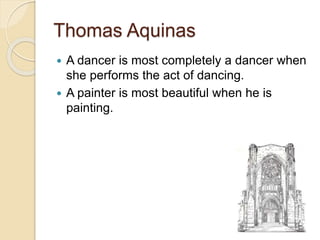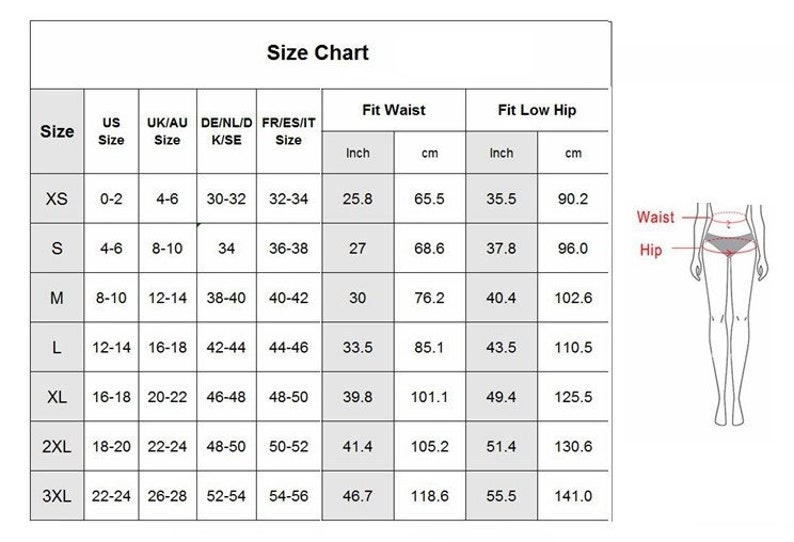
The Legend of Zelda: Breath of the Wild is another possible example of Swordpunk. From first appearance it looks to be firmly planted in the traditional fantasy-middle ages scene, but it expands with futuristic technology hidden within formerly mentioned aesthetics. Treasure Planet, a 2002 animated Disney movie, is good example of this. Swordpunk could alternatively be where society is pushed backwards while technology rapidly advances, leaving societal issues stagnant while major space travel is in progress. Technology we don’t even have in modern day spliced with the hand made and tailored aesthetically pleasing clothes, architecture and weapons of yesteryear. Swordpunk is also commonly combined with fantasy and sci-fi, incorporating alien/fantasy races to the mix.Īlthough, while an aesthetic like steampunk has technology intermingled with the surrounding aesthetics, Swordpunk is a much more of a combination. Swordpunk combines medieval aesthetics (ones generally found in fantasy and such) along with the weapons of the time with highly advanced futuristic technology such as mechs, holograms, gene recombination and AI. We’ll take two.Treasure Planet, The Legend of Zelda: Breath of the Wild This page needs work. At Modern Medieval, we think we can do better, and aren’t sure that “Middle Ages Modern” is helping.īut the dark wood tables look great, for sure. Ada Palmer has written, was actually a terrible time to be alive. Perhaps, after a shared transit through hardship, we’re all planting the seeds of a more hopeful renaissance to come. The Middle Ages Modern aesthetic is both darkness and magical thinking of the past yet also of our own imagining. The closing paragraph of the original article gives away the game: It’s projecting a highly specific narrative about the medieval past that is dark and stark, rather than the riot of color that medievals sought.

But look at how every image is dark and plain, except maybe for this gem-encrusted butter knife. We both like dark wood and houses with crenellations.

On the one hand, there’s nothing wrong with this aesthetic. And it wasn’t because they were masking spoiled meat, but because they liked flavor!), and so forth. We in fact know a lot about what the medieval past looked like, sounded like (check out this on Florence, or this on Hagia Sophia ), tasted like (medieval elite food had too much flavor for most modern palates, not too little. When we talk about a “bright ages,'“ it’s not because it was “good” (or bad it was just human) but because it was illuminated, and not just in books, but in clothes, in wall painting, in everyday objects, in religious art, and really everywhere. And this is possible because the European Middle Ages itself if somehow “unknowable.” No actual medievals necessary, just vibes. The hand-hewn table above, for instance, makes you think of a Disney movie, which makes you think of other fantasy settings in castles, and so on. It is used as whatever one wants, as a “justification” and “explanation” for those ideas and actions because they supposedly go back so far in time.

The Dark Ages are, depending on the audience, both backward and progressive, both a period to abhor and one to emulate. That is to say, the particular darkness of the Dark Ages suggests emptiness, a blank, almost limitless space into which we can place our modern preoccupations, whether positive or negative. Instead, this fight is critical because what binds all of these appropriations of the medieval together is the void at their core. The truth of all historical periods suffers under the weight of latter-day myths. It continues to be of critical importance, but not just because people hold false impressions of the medieval world. The fight against the “Dark Ages” is one that spans centuries. This is also, as we (and many others) have noted, how the “Dark Ages” work. In The Bright Ages, we wrote: For example, in the image above, you get “medieval” from viewing it because you are thinking of Sleeping Beauty or Lord of the Rings, and not some 13th-century castle in France.

Andrew Elliott has called “banal medievalism” - a reference to the medieval past with no referent in the actual past. This aesthetic, in other words, is what Dr. This, of course, isn’t the real European Middle Ages. Larisa Grollemond from the Getty in LA, who helped curate the recent exhibition “ The Fantasy of the Middle Ages ,” noted in the article that medievalism allows us a font of inspiration because the period is “a staple of our collective cultural knowledge.” That seems to be what’s at work here with #castlecore - a riff on our collective cultural knowledge, with hand-hewn tables, lots of wrought iron, and candles.


 0 kommentar(er)
0 kommentar(er)
